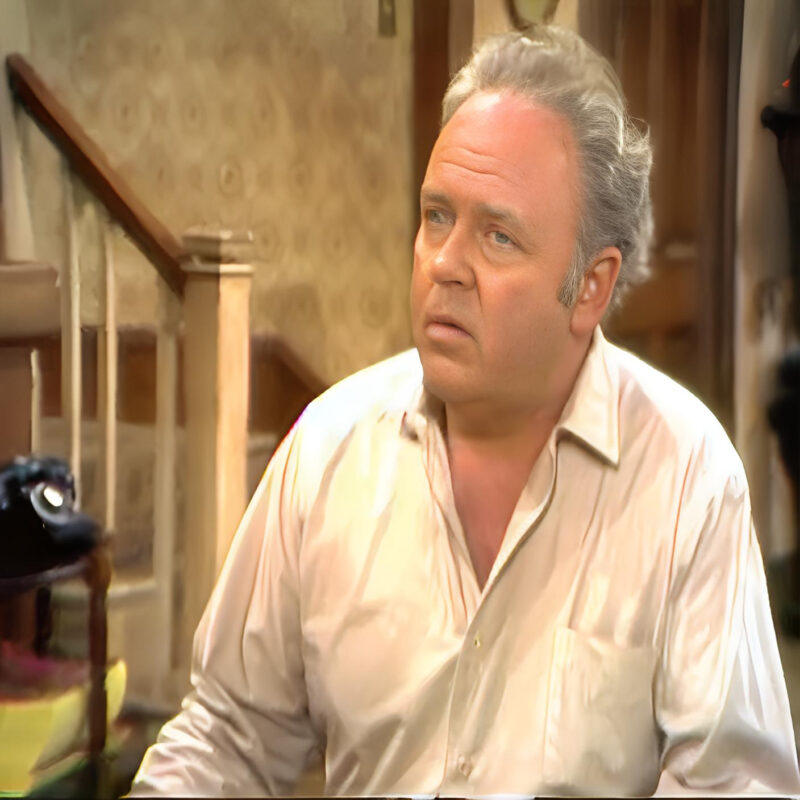
Later this month, the beloved 1990s family sitcom “Roseanne” makes its highly anticipated return to ABC. The reboot arrives at a perfect cultural moment, as television comedy thrives in its second Golden Age. While recent shows have made significant strides in exploring issues of identity, such as race and sexuality, the elephant in America’s living rooms—class—has been addressed only sporadically in the 20 years since “Roseanne” last aired.
From their post-WWII inception, American sitcoms primarily showcased affluent, aspirational white families, such as the Cleavers in “Leave it to Beaver,” the Andersons in “Father Knows Best,” and the Nelsons in “The Adventures of Ozzie and Harriet.” An academic study of 262 situational comedies from 1946-1990 revealed that only 11 percent featured blue-collar characters as heads of household. Notable exceptions included “The Goldbergs” and “Amos ‘n’ Andy,” which were directly adapted from old radio programs. In the 1950s and 1960s, sitcoms were dominated by professional, college-educated protagonists and their pristine homes, with “The Honeymooners” being a rare exception.
The 1970s marked a significant shift as the media began to “discover” the American working class, reflecting the country’s economic changes and social shifts from the civil rights and women’s liberation movements. The prosperity of the postwar era gave way to a period of instability characterized by sluggish growth, high inflation, deindustrialization, and foreign competition. While communities of color had long struggled with fewer opportunities for living-wage work, many white Americans began experiencing a decline in their standard of living for the first time since the Great Depression.
Despite the persistent myth of America as a “classless” society, the reality of socioeconomic stratification became apparent. Norman Lear’s “All in the Family,” inspired by Britain’s “Till Death Do Us Part,” debuted in 1971 and ran for nine seasons on CBS. The show centered on the generation gap between a reactionary patriarch and his liberal offspring, becoming a groundbreaking commercial success and ranking number one in the Nielsen ratings for five years.
Carroll O’Connor’s portrayal of Archie Bunker, a warehouse dock worker and part-time taxi driver, was pivotal. The sitcom addressed topical and controversial themes such as race relations, homosexuality, and feminism, representing ordinary working people who had previously been invisible on screen. Archie was one of television comedy’s first white hourly wage earners, undermining the media perception that white Americans were uniformly middle-class.
The show’s set design emphasized Archie’s working-class status, with the Bunker’s “cheery-drab” row house featuring chipped wallpaper and worn furniture. According to Ryan Lintelman, curator at the Smithsonian’s National Museum of American History, Archie’s iconic armchair was meant to look like a well-used piece of furniture from any family home. While Lear intended to make racism and sexism look foolish through Archie, the character became relatable to audience members feeling stuck in dead-end jobs and confused by the new rules of political correctness. This relatability made Archie both the emotional center of “All in the Family” and the target of its satire.
The success of “All in the Family” paved the way for more working-class representations in 1970s sitcoms. Lear’s “Sanford and Son” focused on the urban African-American underclass, with Redd Foxx playing Fred Sanford, a grumpy schemer. “Good Times” depicted a hardworking black family in Chicago’s inner-city projects, addressing realistic problems like eviction and racial bias. While some criticized these shows for relying on stereotypes, others appreciated their portrayal of intact black nuclear families.
The 1970s feminist movement primarily emphasized professional opportunities for women, reflected in “The Mary Tyler Moore Show.” However, working-class women also appeared in sitcoms like “Alice,” where a widowed mother made ends meet by waitressing. Despite this, it was Archie Bunker who remained the face of blue-collar America in the popular imagination.
In 1988, “Roseanne” debuted on ABC, starring Roseanne Barr as a working mother in a fictional Illinois town. The show was a breakout hit, tying with “The Cosby Show” as the most popular television program in the 1989-1990 season. Barr emphasized that “Roseanne” was about class and women, portraying characters in unstable, thankless pink-collar jobs. The show resonated with viewers for its “realness,” depicting characters who looked, talked, and labored like them.
The realistic portrayal of the average American family continued into the 1990s, which saw the heyday of the working-class sitcom. Shows like “Grace Under Fire,” “The Nanny,” “Married With Children,” “The Simpsons,” and “King of the Hill” used lowbrow humor to lampoon blue-collar masculinity, moving far from the idealized families of earlier decades.
In recent years, television comedy has evolved away from traditional sitcom formats, and class has taken a backseat to more contemporary identity politics. However, with growing income inequality and labor strikes in the news, it feels timely to revisit class. The “Roseanne” reboot promises ’90s nostalgia, and with the inclusion of both gender-fluid characters and Trump supporters, it will likely raise questions about viewer identification and satire. Class politics in sitcoms have always been more complex than they appear.
Sascha Cohen is a freelance writer and historian. She is currently completing her doctoral dissertation at Brandeis University, which examines American satire from 1969-1989.
